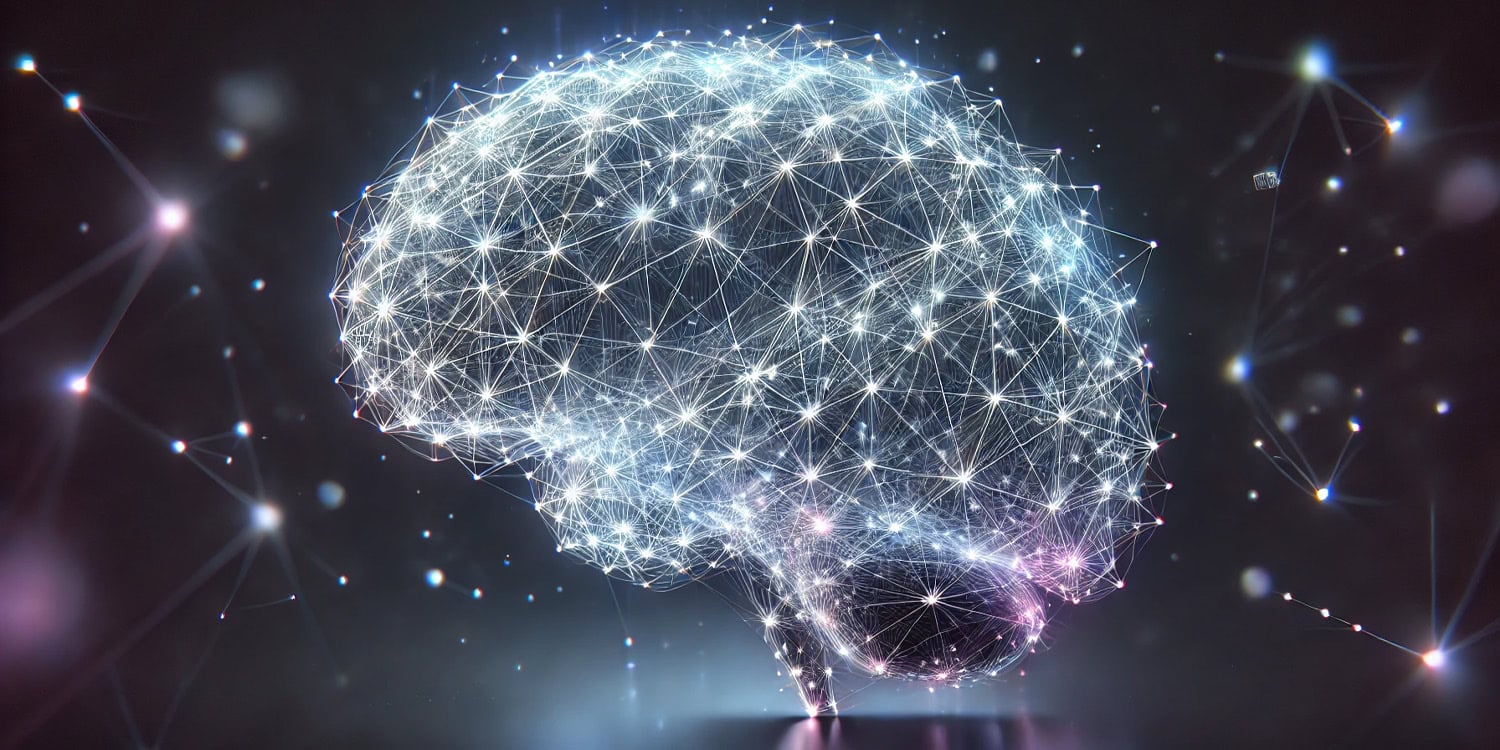A new study published in the journal Cortex sheds light on how brain network organization differs in healthy aging and semantic dementia. Researchers found that older adults experience changes in the balance between structural and functional brain connectivity, which are linked to cognitive performance. These changes appear more widespread and diffuse in healthy aging, while semantic dementia is associated with more localized alterations, particularly in the temporal and parietal regions. The study suggests that the brain undergoes a dynamic process of adaptation in response to aging and disease, with some changes helping to preserve cognitive function and others contributing to decline.
Semantic dementia is a progressive neurodegenerative disorder that primarily affects the ability to understand and recall meanings of words, objects, and concepts. It is classified as a subtype of frontotemporal lobar degeneration and is distinct from other forms of dementia, such as Alzheimer’s disease, because it mainly targets the anterior temporal lobes rather than causing widespread memory loss. Patients with semantic dementia often struggle with word-finding difficulties and may eventually lose the ability to recognize familiar objects and faces, even though their memory for recent events and their ability to carry out day-to-day tasks may remain relatively intact in the early stages.
The study was motivated by the need to better understand how aging and neurodegenerative diseases like semantic dementia alter brain connectivity and how these changes affect cognitive function. Normal aging is known to bring about widespread changes in both structural and functional networks, with the frontal regions of the brain being particularly affected. In contrast, semantic dementia leads to more localized damage, particularly in the temporal and parietal areas. These differences raise important questions about whether the brain compensates for structural decline by reorganizing its functional networks and whether this reorganization is beneficial or detrimental to cognitive abilities.
“We all experience cognitive and brain changes with advancing age, but these changes are mixed with the impacts of neurodegeneration in patients suffering from age-related disease like Alzheimer’s disease or semantic dementia. It is critical to distinguish the specificities associated with physiological aging and pathologies to identify early markers of neurodegeneration,” said study author Thomas Hinault, a research associate at INSERM.
The brain functions as a vast network of interconnected regions that communicate with one another to support thought, memory, and behavior. This network is often studied in terms of structural connectivity, which refers to the physical connections between different brain areas through white matter pathways, and functional connectivity, which describes how different brain regions work together based on patterns of activity.
The study included 14 younger adults (ages 20–30), 19 older adults (ages 51–75), and 12 individuals with semantic dementia (ages 56–80). All participants underwent brain imaging using two different techniques: diffusion-weighted imaging (DWI) to map structural brain connections and functional magnetic resonance imaging (fMRI) to measure brain activity. Participants also completed cognitive tests assessing memory, executive function, and language abilities.
The researchers used a technique called multiplex brain network analysis, which allowed them to examine how well structural and functional networks were aligned. Two key measures were used to assess network organization: the multiplex participation coefficient, which indicates how integrated a brain region is across structural and functional networks, and the multiplex clustering coefficient, which reflects how isolated or segregated certain brain regions are.
The study revealed distinct patterns of brain connectivity changes in healthy aging and semantic dementia.
Among healthy older adults, the researchers observed a reduction in the similarity between structural and functional networks, particularly in the frontal regions. This suggests that as people age, brain activity patterns become more independent of structural pathways. Interestingly, this reduced similarity was associated with better cognitive performance, indicating that the brain may adapt by reorganizing functional connections to compensate for structural decline. However, at the same time, the older adults also showed increased network clustering in the frontal regions, which was linked to poorer cognitive performance. This suggests that while some network changes may be beneficial, others could contribute to cognitive decline.
In individuals with semantic dementia, the researchers found increased similarity between structural and functional networks, particularly in the temporal and parietal regions. Unlike in healthy aging, this increased similarity was associated with cognitive decline, particularly in executive function and problem-solving abilities. Additionally, these individuals showed increased clustering in the temporo-parietal regions, which was also linked to poorer cognitive performance. These findings suggest that in semantic dementia, the brain struggles to adapt functionally to structural damage, leading to more rigid and less flexible connectivity patterns.
“Across patients suffering from the same conditions, some will show a stronger decline in daily life autonomy than others,” Hinault told PsyPost. “This heterogeneity partly comes from how the disease is affecting the brain’s structure and whether this is compensated in the communications across brain regions.”
There are some limitations to consider. The sample size was relatively small, particularly for the semantic dementia group, which may limit the generalizability of the findings. Additionally, the study was cross-sectional, meaning it captured only a snapshot of brain connectivity at a single point in time. The researchers are currently conducting follow-up studies to investigate whether the structural and functional changes observed in this study can predict future cognitive decline.
“We are currently conducting longitudinal research to determine how much the changes we report at the brain’s structural or functional level are associated with cognitive changes (memory, reasoning) in the following years,” Hinault said. “This would have important implication to improve patients’ prognosis.”
The study, “Linking structural and functional changes during healthy aging and semantic dementia using multilayer brain network analysis,” was authored by Gwendolyn Jauny, Marine Le Petit, Shailendra Segobin, Catherine Merck, Serge Belliard, Francis Eustache, Mickael Laisney, and Thomas Hinault.




